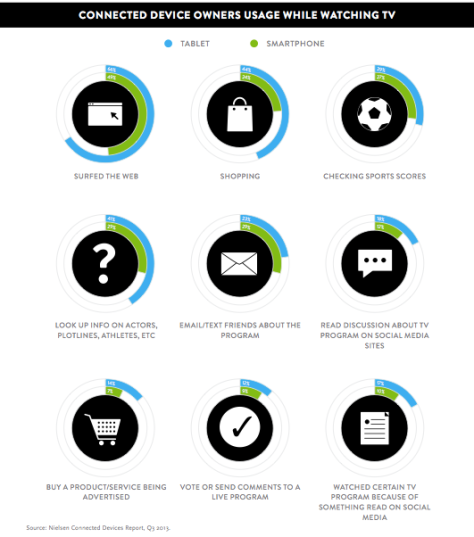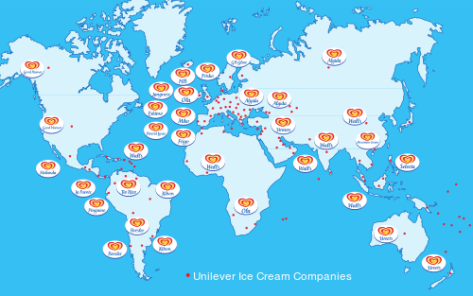Much controversy has surrounded the success of ad targeting. With the advance of technology, advertisers and ad networks have the ability to target ads to consumers based on a verity of perimeters such as location, online browsing history and email content. Most opposition of ad targeting revolves around the issue of privacy. For example, according to an article on ZDNet, Google recently stopped scanning student Gmail for targeted ads.
On the other hand, ad targeting has proven useful for advertisers in terms of return on investment. The ability to target consumers down to the individual level has always been the dream of the marketer. However, how often have you seen an irrelevant ad? Part of the rational for displaying irrelevant ads is that push marketing still helps achieve brand awareness.
As we move forward, we will probably see more “targeted” advertising. However, to move consumers, I believe that pull marketing techniques such as inbound marketing will be more effective. Being constantly bombarded with ads on all devices, consumers are slowly being trained to ignore ads, some consumers have also started ignoring sections of their device screens. Most consumers are probably familiar with how to skip or close your ads, but they’ll not remember your ad.
For our last blog post, I leave you with this: For advertisers who wants consumers to part with private information, what value are you providing your consumers? Engaging consumers with relevant information at the right moment (time and location) will be key in being a partner to your consumers – its no longer a one way street.





